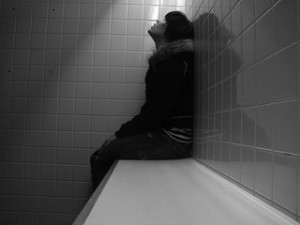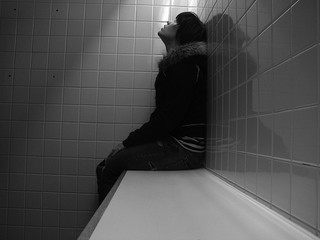 A report released this month takes an in-depth look at how girls are represented in North Carolina's juvenile justice system, how the numbers have shifted over the years and why females are the fastest growing segment of the juvenile justice system despite the overall decrease in juvenile crime. Representing Girls In the Juvenile Justice System, released by the North Carolina Office of the Juvenile Defender, looks at not only the characteristics and risk factors of girls in the juvenile justice system, but also offers several best practices to best serve the unique issues this population faces.
A report released this month takes an in-depth look at how girls are represented in North Carolina's juvenile justice system, how the numbers have shifted over the years and why females are the fastest growing segment of the juvenile justice system despite the overall decrease in juvenile crime. Representing Girls In the Juvenile Justice System, released by the North Carolina Office of the Juvenile Defender, looks at not only the characteristics and risk factors of girls in the juvenile justice system, but also offers several best practices to best serve the unique issues this population faces.
Since the early 1990s, due to policy changes, the number of girls in the juvenile justice system has been on the rise. Basically, the increased amount of girls in the juvenile justice system can be credited to the “relabeling of girls’ family conflicts as violent offenses, shifting police practices concerning domestic violence, processing of misdemeanor cases in a gender-biased manner and a misunderstanding of girls’ developmental issues,” according to the report.
Currently, it’s estimated that girls make up 30% of youth arrested and 24% of youth serving time in detention centers. Studies show that girls are more likely than boys to be placed in these centers for less serious offenses. The majority of the female youth, and all young people in the juvenile justice system, are people of color. Also, the type of offenses that girls more typically commit varies from those of boys. Girls tend to commit less serious crimes but are arrested for status offenses, such as running away, curfew violations and underage drinking, at a rate double of boys.
The risk factors for boys and girls entering the juvenile justice system also differ. Girls and boys react differently to most situations so it’s important to take gender into account when evaluating a youth’s past. For example, peer and romantic relationships often have opposite effects on young girls and boys. While boys are less likely to be involved in criminal activity when in a romantic relationship, girls tend to commit more offenses. Girls are also more likely to be afflicted with mental health disorders than boys.
Because of the numerous differences between male and female juvenile offenders, the ways that they need to be treated should be different as well. According to a study done by the Girls Justice Initiative, 89% of the 118 attorneys and 61% of the 97 judges interviewed across the county agree that girls in the juvenile justice system do not receive adequate services. This report offers best practices starting from how to communicate with girls when first enter to the juvenile justice system to how to best serve them after they leave in order to reduce recidivism rates and address the circumstances that led to their incarceration.
This article originally appeared on Reclaiming Futures
Photo by flickr user staticjana
